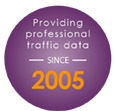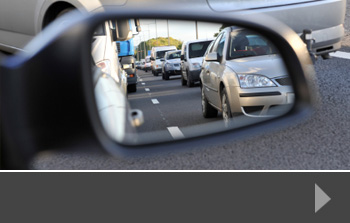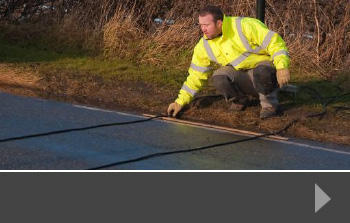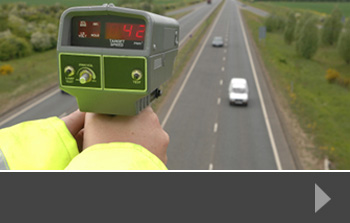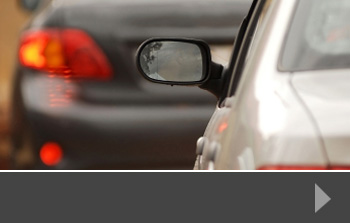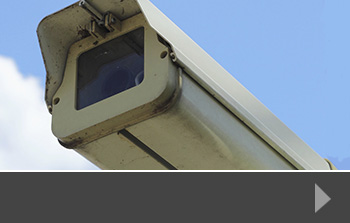The parking trends of the future
One of the unavoidable consequences of more vehicles on the road is the additional parking that’s needed. Certainly, this is always a key issue for commercial developers – whether they are building retail, commercial or residential property. Parking surveys show that our parking habits are changing and that, typically, there just isn’t enough space for everyone to leave their vehicles.
Today’s parking problems
Drivers in the UK are only too aware of the parking problems they face. Town centre parking, in particular, can be difficult because of finite space, and although many towns offer a Park and Ride service, this doesn’t always cater for the needs of all drivers. There’s a significant amount of time – studies suggest perhaps as much as a day a year per driver – wasted just driving round looking for a parking space. And of course things get worse during busy shopping or tourism periods.
What’s more, as our cars have become longer and wider, parking spaces in older car parks are more difficult to access and so whilst you might be able to find a space, you can’t always get your car into it.
So what might change?
Car manufacturers are all involved in developing and testing the next big thing in driving – autonomous or self-drive vehicles. They know that in order to convince the buying public to get behind this new technology, they need to offer real, practical advantages as well as a safe driving experience.
That’s why Jaguar Land Rover is currently testing its self-drive valet technology. The company understands that parking is one of the things that drivers hate the most, so it’s looking at ways it can make life easier. The idea behind the valet is that it can drop you off where you need to be, and then go and find a parking space itself. When you’re ready to leave, you just send a signal to the car and it un-parks itself and comes to collect you.
What are the benefits of this? Well, it saves time for the driver, who can get to an appointment on time without worrying about having to leave an hour earlier in case there’s no parking. It doesn’t matter how far away the car parks, because there’s no need to walk to your destination from the parking spot. Your car can park in a tighter space than you might choose, because no-one has to get in or out of the car. In fact, observers of this new technology think that this might lead to dedicated parking lots, where self-drive cars can park closer together, making better use of the space than is currently possible.
How can we help?
At RDS, we carry out a range of parking surveys so that local authorities, development management companies and new development projects can see current trends in parking behaviour and make changes or plans where necessary to reduce the congestion or issues created by parking. If you’d like to talk to us about this, or any of our pedestrian or traffic survey services, contact us today.

